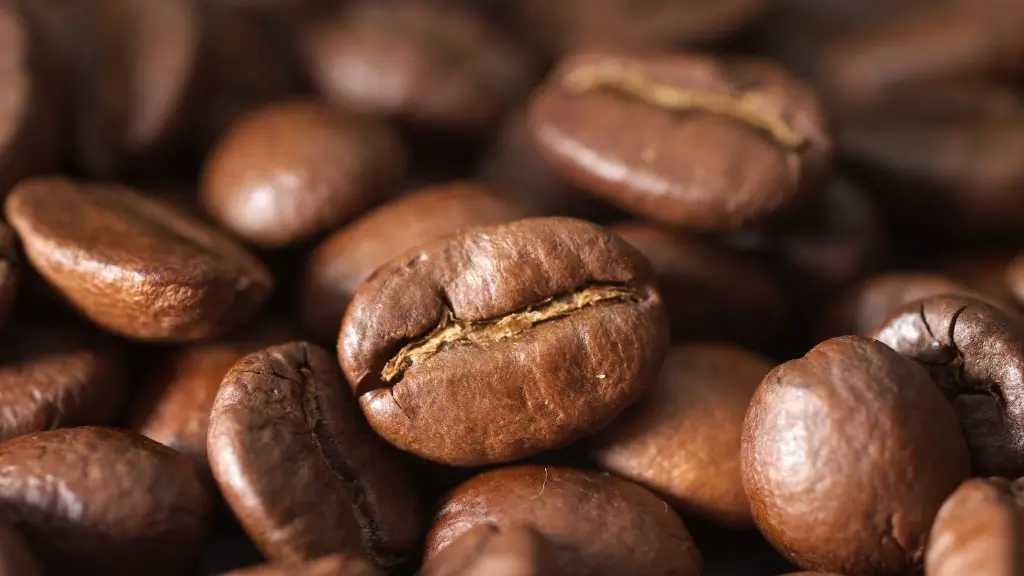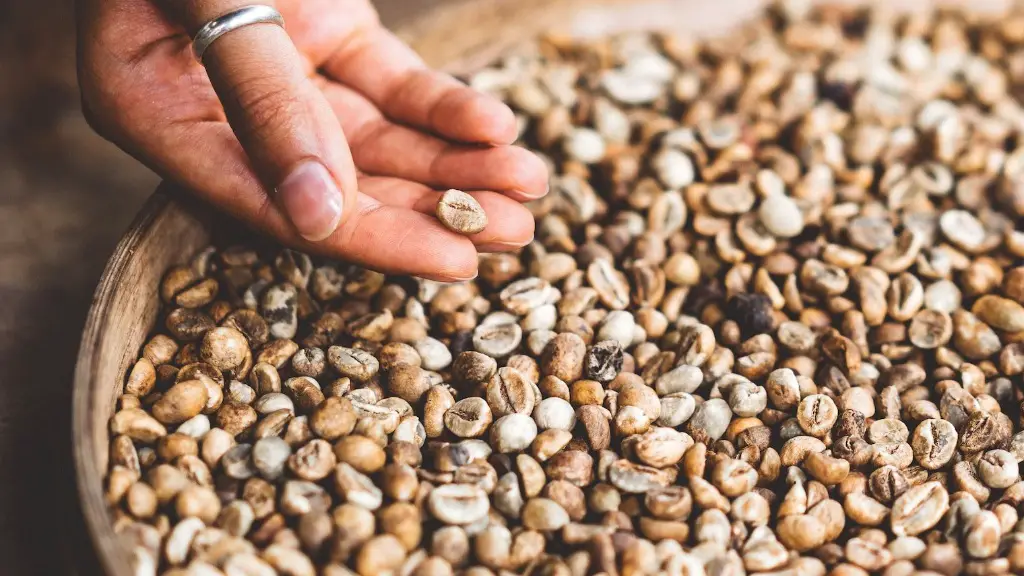The question of whether Starbucks has changed their coffee over the years is one that causes strong debate. It is clear that Starbucks has revolutionised the coffee industry – but how far has their coffee changed? On the one hand, Starbucks offer an increasing range of unique blends and other innovative products. Yet, on the other hand, the fundamental values that go into their coffee remain the same. In this article, we will explore the evidence and investigate possible changes to Starbucks’ coffee.
Starbucks’ commitment to consistent quality has been key throughout its history. This commitment to quality has meant that many of their key products, like their espresso, have been almost unchanged since their introduction in the 1970s. From a consumer perspective, many have noticed that the taste and flavour of Starbucks’ coffee has not shifted drastically over time. It is clear, then, that Starbucks has remained true to their original values and kept the same high-quality coffee throughout their years of operation.
On the other hand, Starbucks’ expertise in their craft has enabled them to keep up with consumer trends. As consumer preferences and technologies change, Starbucks constantly evolves in order to remain relevant and competitive. For example, Starbucks has introduced automated ordering systems,Third-Wave coffee methods, andNitro Cold Brew on tap. Additionally, Starbucks stores often have limited-edition drinks such asPumpkin Spice Latte andEggnog Latte. In this way, Starbucks have kept up with the times in order to remain competitive.
Starbucks’ commitment to sustainability is another example of how they have evolved. Starbucks has made a concerted effort to reduce their environmental impact, with initiatives such aspotentially recyclable paper cups, more rigorous in-store recycling procedures, and asking partners to make more sustainable choices. In this way, the company has remained committed to its core values while addressing changes in the wider world.
Overall, it is clear that Starbucks has not drastically altered their core products. Instead, the company has evolved over time to keep up with changing trends and demands. From a consumer perspective, this evolution has enabled Starbucks to remain consistent in both quality and flavour, as well as emphasise their commitment to sustainability.
How Did Starbucks Begin?
The story of Starbucks began in 1971 when three friends –Zev Siegl, Gordon Bowker, and Jerry Baldwin—opened the first Starbucks store in Seattle, Washington. Initially, the store was limited to selling green coffee beans and the equipment needed to brew them. However, the three friends soon moved into roasting their own coffee and began to gain a following among the local community. From this first store, the Starbucks legacy began to grow.
In 1981, Howard Schultz joined the company, and he quickly identified the potential of operating multiple stores.Schultz pursued this vision and opened multiple Starbucks stores all over Washington, turning the company into a successful business. From their headquarters in Seattle, Starbucks soon began expanding across the United States and around the world.
Today, Starbucks operates over 30,000 stores globally, with a presence in 82 countries. From their earliest beginnings, Starbucks has continually pushed the boundaries of what had been done before and led the innovation in the coffee industry.
What Makes Starbucks Stand Out?
The success of Starbucks is due to their ability to consistently provide high quality and consistent coffee. From their earlier days, Starbucks have actively sourced and roasted specialty coffees, focusing on high-quality beans from Latin America and East Africa.
Furthermore, Starbucks have become pioneers in the field of coffee. Introducing the espresso-based drinks such as the latte, cappuccino and frappuccino gave Starbucks a competitive edge, and the company have continually pushed themselves to find new and innovative drinks. From theirsauces and syrups to their flavoured drinks and special seasonal drinks, Starbucks understand the importance of listening to their customers’ tastes and providing them with high-quality coffee.
Starbucks have also become a leader in sustainability, investing heavily in rainforest conservation, ethical labour standards and eco-friendly operations.From the responsible way they source their beans to the energy-efficient stores they produce, Starbucks are truly creating a sustainable future for the coffee industry.
What Do Customers Think of Starbucks Coffee?
Overall, most customers report that Starbucks’ coffee is both high quality and consistent. Numerous surveys of Starbucks customers show that people tend to view Starbucks as having high-quality beans and good service. Furthermore, many customers report being ‘hooked’ on Starbucks’ coffee, citing its consistent flavour profile and reliability.
On the other hand, some have criticised Starbucks for its price, claiming that it is overpriced compared to other cafés. Additionally, some have argued that Starbucks’ coffee lacks the depth of other specialty coffee shops.
Ultimately, however, customers agree that Starbucks’ coffee remains consistent and reliable. No matter where they are, customers know they can rely on a quality cup of coffee when they enter a Starbucks store.
What Are Starbucks’ Goals for the Future?
The future of Starbucks looks exciting. Starbucks have a range of ambitious goals, including becoming the most recognised coffee brand in the world and achieving significant growth. Additionally, Starbucks plans to revolutionise the coffee industry by introducing new technologies and improving on their already impressive product range.
Starbucks have also committed to environmental sustainability, aiming to become a zero-waste business and investing in renewable energy sources. This commitment is part of the company’s goal to create a future for coffee that is both ethical and sustainable.
What Is Starbucks’ Impact on the World?
The growth of Starbucks has had a huge impact on the world. Starbucks’ coffee shops have become cultural hubs, often providing a space for people to meet, connect and engage. In this way, Starbucks has facilitated cultural exchange and encouraged people to share their ideas and stories.
On the other hand, Starbucks has been criticised for its global expansion and aggressive marketing tactics. Critics have argued that Starbucks has become a symbol of corporate greed and is responsible for the displacement of smaller family-run coffee shops. Nevertheless, it is clear that Starbucks has had a huge impact on the global coffee industry.
What Is the Future of Starbucks?
Whether or not Starbucks will continue to succeed in the future is hard to predict. Starbucks faces strong competition from both local and international coffee businesses, as well as the changing tastes of customers. However, if Starbucks can stay true to its core values of sustainability and high-quality coffee, they could remain at the forefront of the coffee industry.
Starbucks’ future will depend on their ability to remain innovative and keep up with changing trends in the industry. While the company is likely to remain consistent in terms of their core products, they will need to further evolve in order to remain competitive. It is clear that Starbucks has come a long way since its early days – and only time will tell whether they can remain at the top of the industry.





